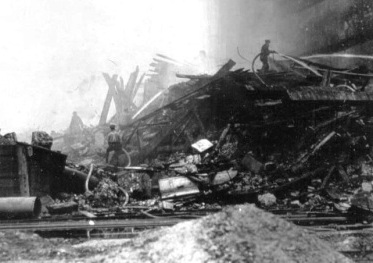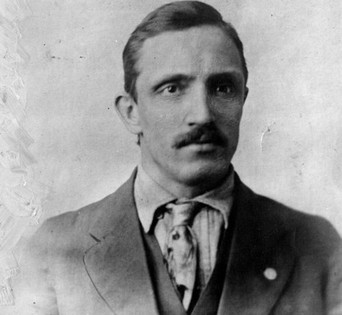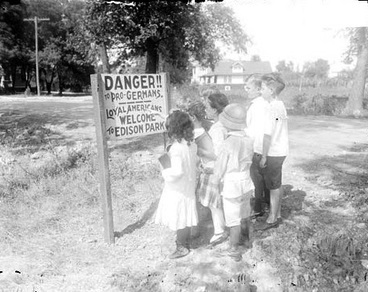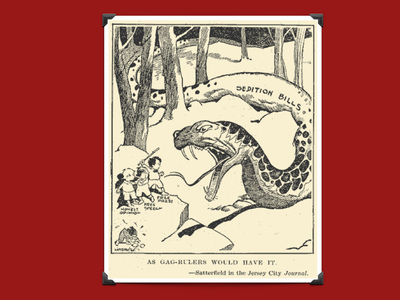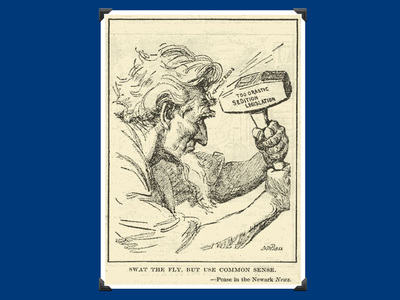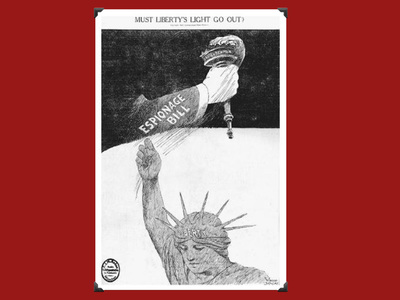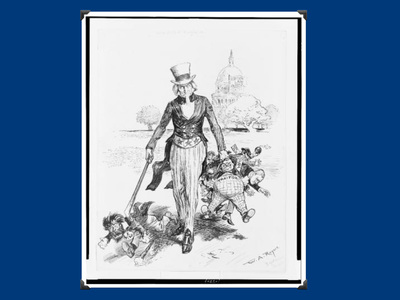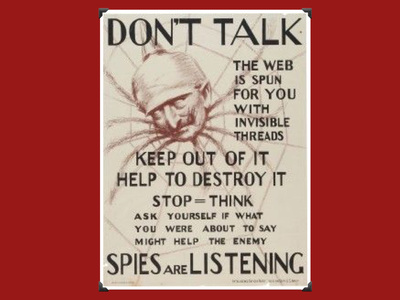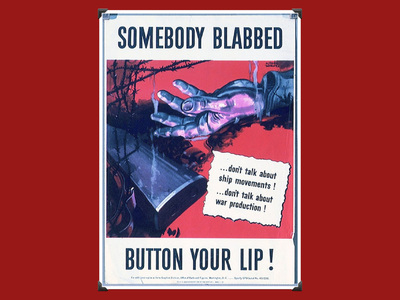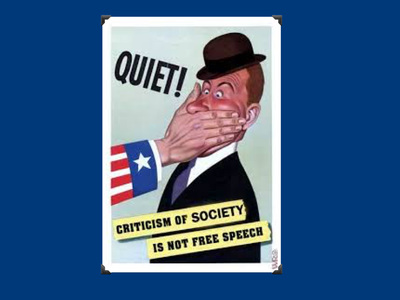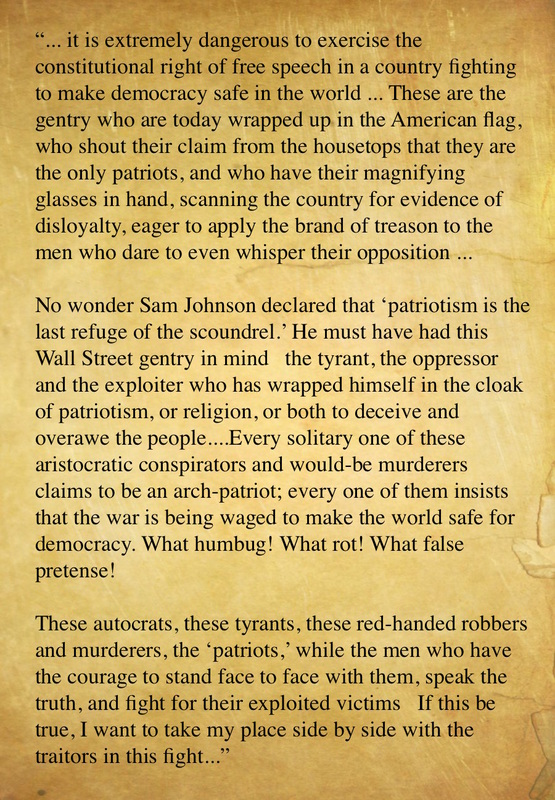ESPINONAGE AND SEDITION
READ ABOUT IT!
Welcome to the Espionage and Sedition Virtual Center. The first thing your group needs to do is read about Espionage and Sedition during World War I. After you read, you need to work together to complete the Espionage and Sedition Center Page in your Lesson Chronicles.
THE LYNCHING OF ROBERT PRAGER
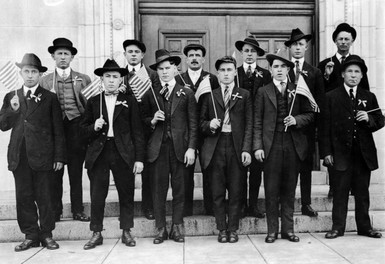 The twelve men acquitted of the Robert Prager lynching
The twelve men acquitted of the Robert Prager lynching
A month later twelve men were tried for the murder of Robert Prager, and all were found not guilty. One man on the jury reportedly shouted “Well, I guess nobody can say we aren’t loyal now.” The local newspaper approved of the verdict, claiming “the whole city is glad that the ... men indicted for the hanging of Robert P. Prager were acquitted ... the community is well-convinced that he was disloyal ... The city does not miss him.”
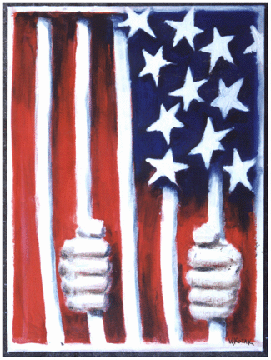
The federal government encouraged this type of behavior by passing the Espionage Act in 1917. The Sedition Acts were added the next year. The laws made it a crime to:
- Tell or give any information that interferes with the success of the United States armed forces.
- Tell or give any information that promotes the success of the enemies of the United States.
- Tell or give false reports or statements that will interrupt the armed forces from doing their jobs or to interfere with recruiting or enlisting members of the armed forces.
- Use disloyal, profane, or abusive language against the United States or the armed forces during wartime.
- The laws also gave the Postmaster the authority to refuse to send or deliver mail or publications considered in violation of these laws.
ANALYZE IT!
In today's Analyze It Activity, you will analyze the Espionage and Sedition Acts in two ways. First, you will look at Propaganda and Political Cartoons about the Espionage and Sedition Acts and determine what they are telling you. Then you will read about the trials of Eugene V. Debs who was accused of violating the Espionage and Sedition acts during World War I. Then, your group will render a verdict of whether you believe he was guilty or not guilty.
PART 1: PROPAGANDA & POLITICAL CARTOONS
Look at each Propaganda poster and Political Cartoon below. Each one is telling you how the author or illustrator feels about the Espionage and Sedition Acts. For each one, determine what they are telling you. Be ready to discuss your answer in whole group. Click on each picture to enlarge it.
PART 2: YOU BE THE JUDGE!
Read the court case summary below. Eugene V. Debs was the defendant in the case and is accused of violating the Espionage and Sedition Acts during World War I. Did he violate the Espionage and Sedition Acts? What do you think? Discuss it in your groups and render a verdict of whether you believe he was guilty or not guilty. Post your answer on the group poll. I will reveal your classes verdict for the case and tell you the real outcome after every group has completed the activity.
The Eugene V. Debs Case
Eugene V. Debs was a labor leader who founded several unions. A member of the Socialist Party, he ran for president five times as the socialist candidate. Below is an excerpt from a speech he delivered in Canton, Ohio on June 16, 1918. What parts of the speech were likely seen as treason. Do you agree that Debs broke the law? Why or why not?
|
|
|
|
|
|
|
|
PROVE IT!
You just learned about the Espionage and Sedition Acts during World War I. Now you need to show off what you know. Complete the Center Check by clicking on the Center Check Icon below and answering the questions.
CENTER COMPLETE!
You have completed the Espionage and Sedition Virtual Center. Click on the button below to go back to the Lesson 3 - America Enters World War I.

